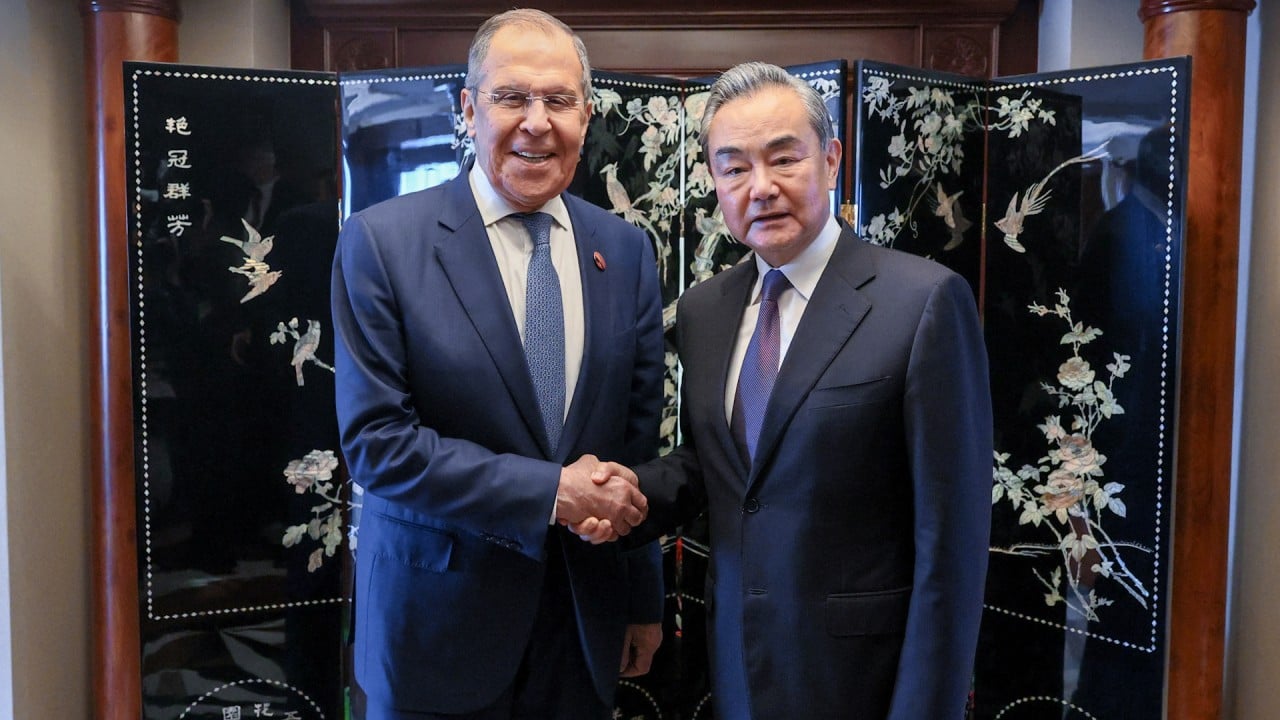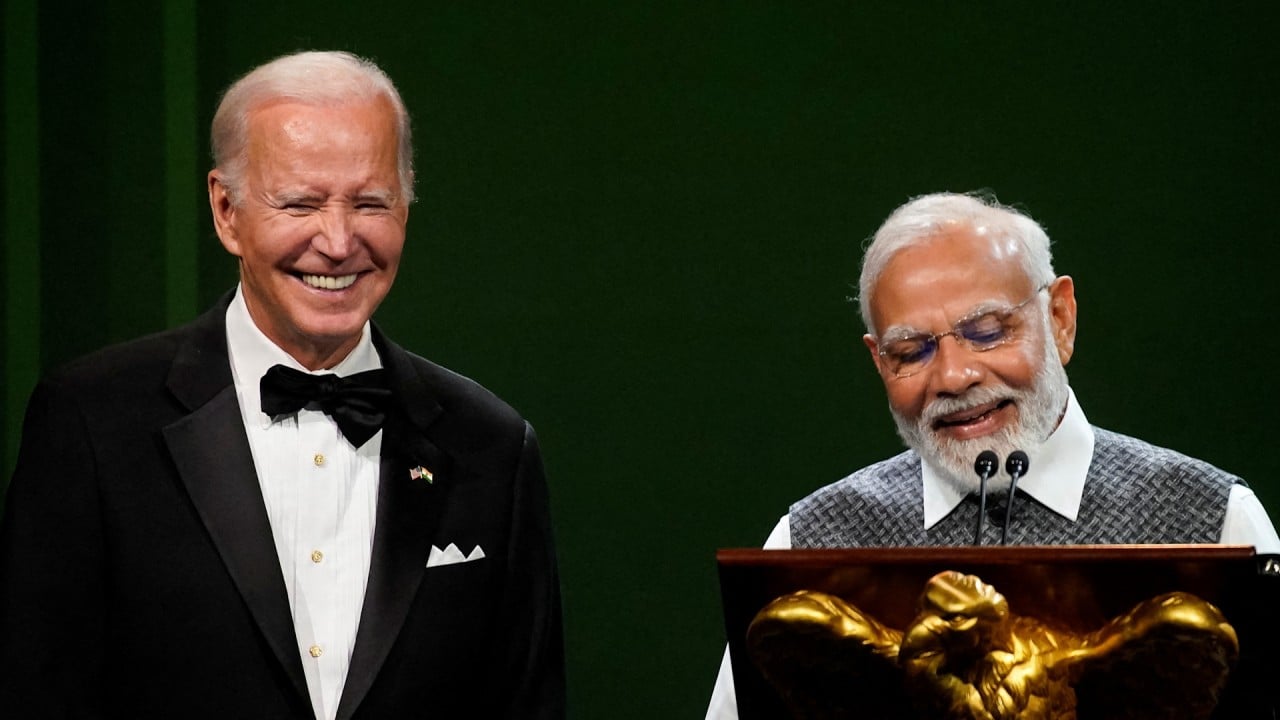
India may soon be forced to choose between Brics and the West
- India has so far managed to stick to its non-aligned policy, but with China’s vision looking to win out in the Brics grouping, it will have to pick a side
- If it chooses the West, New Delhi will stand on the wrong side of history, while Brics could benefit from the inclusion of Iran
For the past decade, the Brics nations – Brazil, Russia, India, China and South Africa – have proposed policies that can position themselves as a counterbalance to the G7 grouping, comprising Canada, France, Germany, Italy, Japan, the United Kingdom and the United States.
Overall, the Brics bloc is making significant strides towards creating an alternative power structure that challenges the dominance of the G7, and India has been central to this until now.
India’s foreign policy embodies elements of the thought of Chanakya, the philosopher and statesman from 300 BC, whose realist ideals helped create the first pan-Indian empire. His interpretation of human nature often led to a pragmatic but pessimistic outlook on the state’s functioning, one in which the national interest was key.
In his Arathshastra, he elucidated his Rajamandala theory, which sheds light on India’s foreign policy. He recommended forming alliances with countries surrounding the state’s hostile neighbours and preventing them from becoming too powerful and threatening its security.
There are echoes of this approach in Indian Foreign Minister Subrahmanyam Jaishankar’s statement that, “this is a time for us to engage America, manage China, cultivate Europe, reassure Russia, bring Japan into play, draw neighbours in, extend the neighbourhood, and expand traditional constituencies of support”. He says India’s foreign policy today involves advancing its national interests by “exploiting opportunities created by global contradictions”.
Meanwhile, critical and emerging technologies are now the pillar of India’s relationship with the US. The Indian military has improved the safety of its communication with the US, and gained access to sensitive equipment and geospatial data, through the Logistics Exchange Memorandum of Agreement, the Communications Compatibility and Security Agreement and the Basic Exchange and Cooperation Agreement. These are designed to enhance interoperability with the US.
Protectionism won’t give Indian manufacturing the boost it needs
India’s first prime minister, Jawaharlal Nehru, coined the term “non-alignment” in the 1950s as an approach for countries that did not want to side with either the US-led Western bloc or the Soviet-led Eastern one. Eventually, India was forced to choose, and despite being a democracy, it leaned towards the communists out of self-interest.
India may be in a similar situation today, being forced to choose between the West or Brics as New Delhi’s vision competes with Beijing’s. If it chooses the West, it will stand on the wrong side of history, especially as, according to South Africa’s Brics ambassador, 40 countries have shown interest in being inducted into the organisation.

India faces a crucial decision in the next decade: either embrace China’s mutually beneficial approach or risk being caught in a zero-sum game orchestrated by the US. Attempting to have it both ways is not a viable long-term strategy, and following an ancient playbook will relegate it to the pages of history.
Sameed Basha is a defence and political analyst with a master’s degree in international relations from Deakin University, Australia



